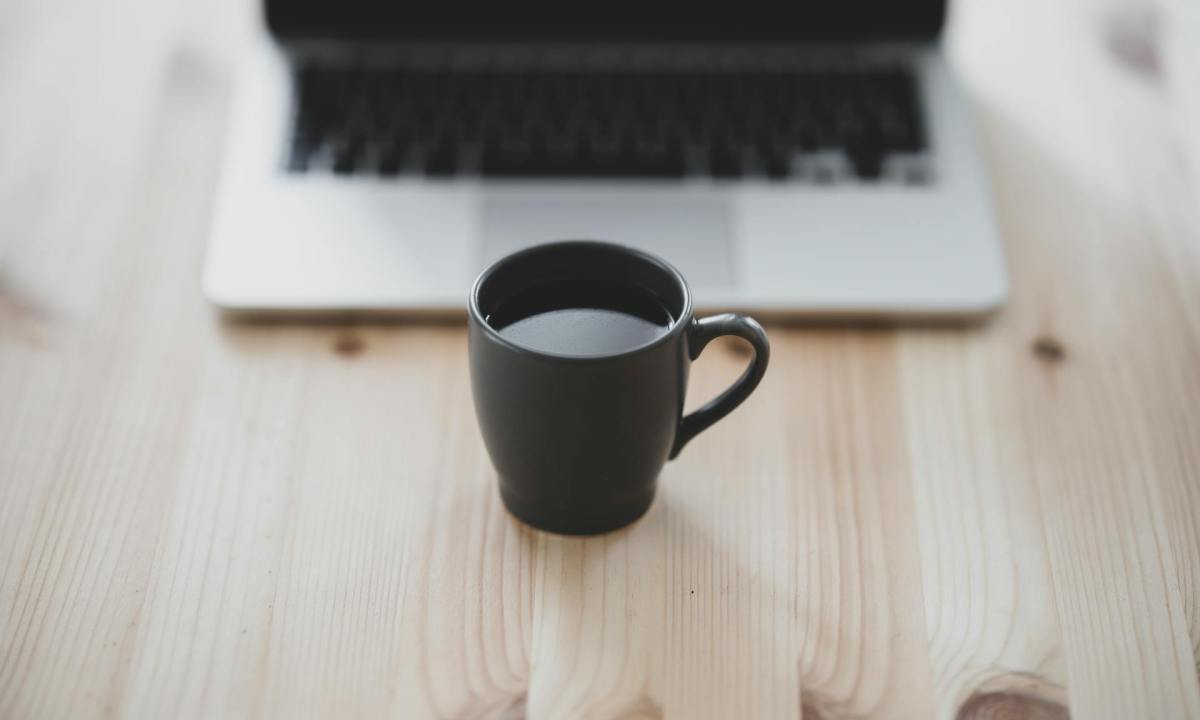True coffeeholics understand that comparing espresso and drip coffee is like comparing apples to oranges. While in the same “family,” these two varieties are entirely different—from their taste to how they’re brewed. You can’t beat a traditional drip coffee for a classic, reliable cup at any time of the day. Yet, concentrated and bold espresso meets a need that drip coffee can’t when I’m craving something stronger. Here’s what to know about espresso vs. drip coffee and why they’re different.
Espresso vs. drip coffee

Bernadette Gerrity, VP at Cafe Aroma, a family-owned and operated Cuban espresso company, shares what makes espresso and drip coffee unique. As a former coffee trader, Bernadette now brings her expertise to her family’s business, which her grandfather started in 1961. Firstly, she shares that the primary difference between drip coffee and espresso is that they’re brewed using two completely different methods. “Espresso uses a lot of pressure to push a small amount of hot water through finely ground coffee beans, resulting in a very strong, highly concentrated shot of coffee. It’s perfect for making drinks like americanos, lattes, and cappuccinos, and it requires very little time,” she says.
Alternatively, making drip coffee requires a longer brewing process, resulting in a less concentrated beverage. “Hot water drips over more coarsely ground beans, making for a lighter, well-balanced cup of coffee. It takes a few minutes to make a serving and is best served as is or cooled down for iced coffee,” says Gerrity.
Choosing between espresso and drip coffee

Deciding whether to drink espresso or drip coffee is a personal choice based on your lifestyle and taste preferences. For Gerrity, espresso is her go-to order as she prefers bold, impactful, and flavorful coffee. If she wants to enjoy a bigger drink that takes longer, she’ll opt for a cappuccino as a treat. I enjoy drinking traditional drip coffee just as frequently as I do espresso.
Gerrity shares, “If I were going to guide someone else to finding their perfect cup, I’d assess lifestyle and taste preference. If you’re more on-the-go in the mornings or would like to boost your energy throughout the day, espresso is the way to go. It’s versatile, quick to make, and makes for coffee’s most potent flavor profile. It’s also fun when you have more time to spare because you can be creative with latte art or try different flavor combinations. It’s also excellent in the evenings, after dinner, or in an espresso martini.”
However, “If you’re into slower mornings, are making a bigger batch for a larger group of people, or just like a lighter coffee, opt for drip. Regardless of your choice, make sure to use high-quality coffee for the most delicious cup,” she says.
Is espresso just concentrated drip coffee?

While espresso is a much more concentrated form of coffee than drip coffee, each type of coffee has a different brewing process. Even if you took espresso and diluted it with water to match the concentration of drip coffee, it wouldn’t be the same. The difference in brewing matters more than you’d think, as espresso requires hot water to be forced under very high pressure through finely ground coffee. The result is a shot of espresso that is ultra-concentrated and strong.
Alternatively, drip coffee makers do not use finely ground coffee and require a more medium-to-coarse blend, using gravity to brew instead of high pressure. For this reason, I’m not a fan of coffee makers claiming to make coffee and espresso. I’ll always have a traditional coffee maker and an espresso maker in my kitchen (because I love both equally and won’t choose one over the other).
Espresso vs. drip coffee caffeine

Espresso has a reputation for being “small yet mighty,” which is also accurate in terms of caffeine content per ounce. If comparing drip coffee to espresso on an ounce-by-ounce basis, it’s true that an ounce of espresso will have far more caffeine than an ounce of drip coffee. However, the comparison gets a bit trickier when considering the serving size of a cup of regular coffee for the average coffee drinker.
On average, espresso contains about 60 mg of caffeine per ounce, compared to only 11mg of drip coffee. By this calculation, you’d have to consume at least a 6-ounce cup of coffee to surpass the caffeine of one shot of espresso. This isn’t hard to do, of course, given that the average cup of coffee in the U.S. is 8 ounces. If you spend any time at a coffee shop in the U.S., you’ll find that most coffee drinkers order a cup much larger than 8 ounces. Keeping that in mind, ordering a drip coffee may actually give you a more substantial boost of energy than choosing a shot of espresso (depending on what size cup you order).




